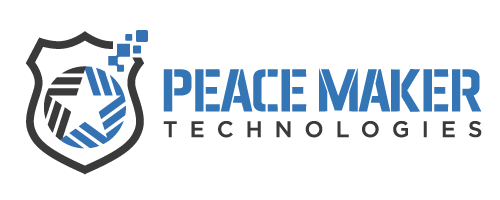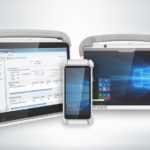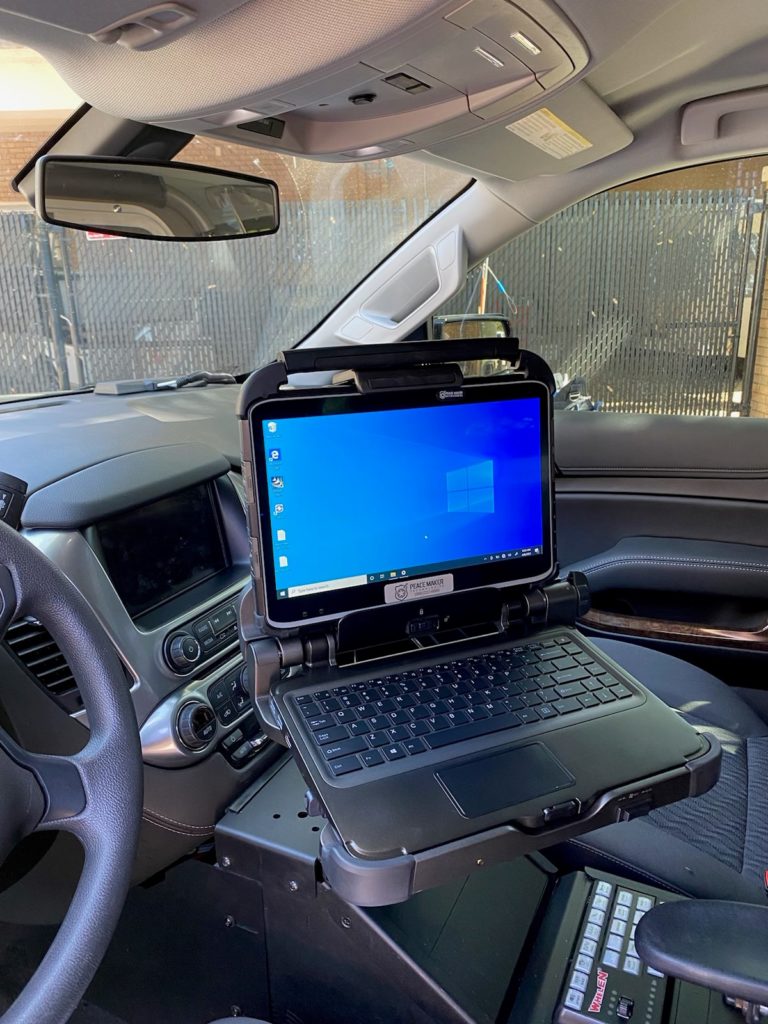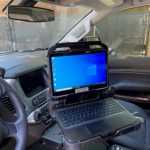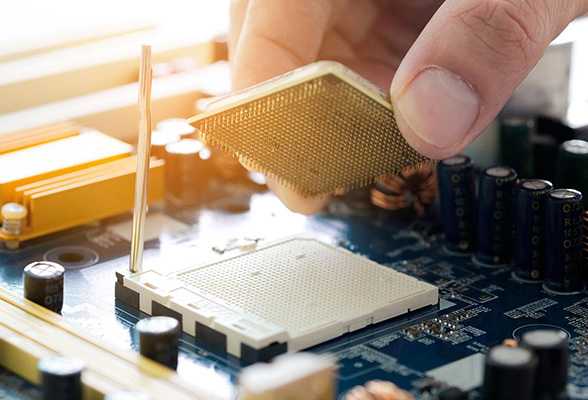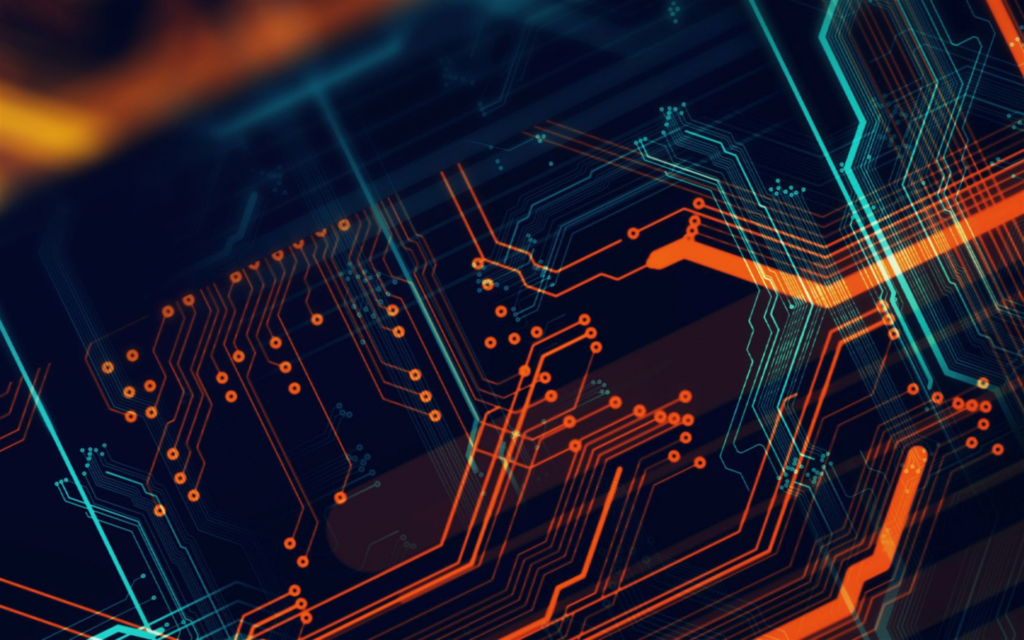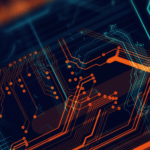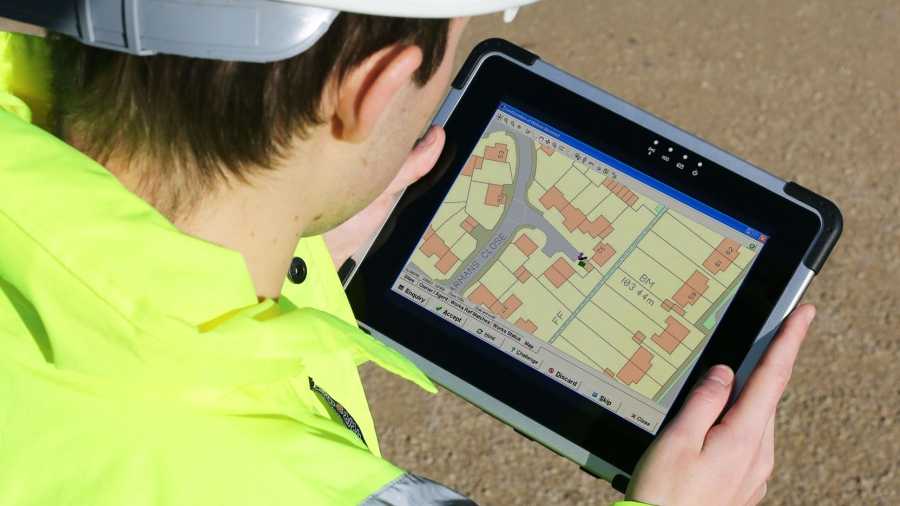
Recognizing that technology can be both a blessing and a curse, some area law enforcement agencies have taken steps to make their internal patrol car systems — which can be deadly distractions on the road — safer and easier to use.
For example, the California Highway Patrol has integrated its patrol vehicles’ radio and light controls with in-car computer functions, said Officer Leland Tang. By the end of 2012, all CHP enforcement vehicles in the state had the consolidated Rockwell Collins system, which provides fewer distractions than standard, nonintegrated systems, the spokesman said.
Mobile digital computers, which are often laptops mounted on a dock inside a patrol car, allow a law enforcement agency to communicate with a central dispatch office and with other officers in the field. They also afford officers access to law enforcement data networks and criminal databases.
“We’ve addressed the (distraction) issue by using policy and equipment to create a better and safer work environment,” Tang said, noting CHP policy states the in-car computers should be used for non-emergency incidents or inquiries only.
With the consolidated system, CHP officers can use hand pads similar to joysticks with their right hands that can be programmed to activate a car’s radio, lights, siren and public address system — often without having to take their eyes off the road, Tang said. While the vehicle is in motion, officers are encouraged to use a special patrol screen on their mobile digital computer, which shows them the status of their vehicle’s operations, such as lights, but doesn’t show incoming messages that can distract a driver. In fact, most senior officers in his department don’t use their mobile digital computers — which are difficult to type on — unless their vehicles are pulled over, Tang said.
Their in-car computers also have certain voice-activated functions, like the ability to run license plate numbers, though the majority of communication in patrol cars is done over radio since it’s quicker and easier, Tang said.
The Los Angeles Police Department is now working with equipment and vehicle manufacturers to integrate all the components inside its vehicles for similar reasons. Some of these systems are already out in the field, said Cmdr. Andrew Smith, an LAPD spokesman.
Besides finding and using the right systems, public safety agencies can also reduce distraction by having fewer single-officer vehicles so that drivers aren’t overloaded with technology, experts say.
LAPD usually has two officers in a vehicle. CHP officers ride solo most of the time but after 9 p.m. they pair up, Tang said. The L.A. County Sheriff’s Department uses both one- and two-person patrol cars in unincorporated areas while they typically run one person patrol cars in contract cities, spokeswoman Nicole Nishida said. The San Bernardino County Sheriff’s Department’s patrol units generally have one deputy assigned to a unit a time though there are exceptions, such as conducting special operations, spokeswoman Jodi Miller said.
Researchers are also examining how technology, some of which is being designed and tested, can be used to “mitigate the effects of technology” by providing real-time feedback to distracted drivers, said Linda Ng Boyle, chairwoman of University of Washington’s Department of Industrial and Systems Engineering. Eye-tracking systems, for example, can notify drivers who take their eyes off the road for too long. There is also a system that can alert drivers when they are too close to the car in front of them. However, it’s not clear how effective these systems would be for certain distracted drivers in the long run, she said.
A consolidated system allows officers to use hand pads similar to joysticks that can be programmed to activate a car’s radio, lights, siren and public address system — often without having to take their eyes off the roadBY BRENDA GAZZAR, TRIBUNE NEWS SERVICE / OCTOBER 6, 2014
©2014 the Daily News (Los Angeles)
